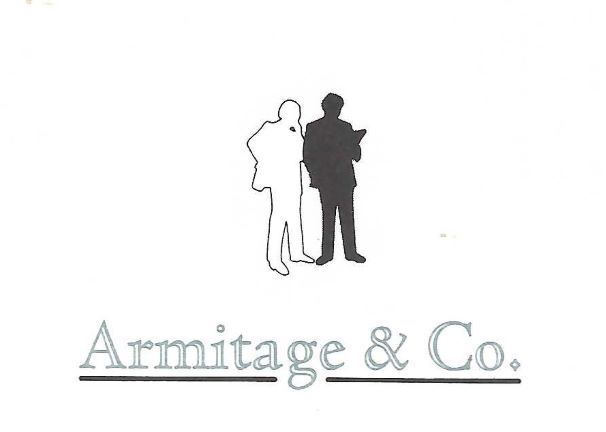

The 7th of July 2022 marks the 40th anniversary of Armitage & Co., which I formed as a specialist insolvency practice with offices in Park Square, Leeds and Greville Street, London.
From my previous partnership I was joined by my loyal and knowledgeable assistants who grew in number over the years and I express my gratitude to all of them for the service they gave me.
On leaving school in 1963 I started my career in accountancy doing audit work which I found less exciting than the proverbial watching paint dry. In need of something more stimulating in 1965 I transferred to a small insolvency department for a two-month trial and 57 years later I am still advising on insolvency matters.
In 1965 the insolvency legislation was contained in The Bankruptcy Acts 1914 & 1918, The Deeds of Arrangement Act 1914 and The Companies Act 1948. Receiverships were governed by the security documentation between lender and borrower backed up by comparatively little case law. The Law of Property Act 1925 was, and continues, for receiverships outside insolvency.
It was after the long-awaited adoption of the Cork Report of 1982 that the legislation for both personal and corporate insolvency was combined in the Insolvency Act 1986 and the Insolvency Rules 1986. Deeds of Arrangement were replaced by Individual Voluntary Arrangements (“IVA’s) and Receiverships were gradually replaced by Administrative Receiverships with the advent of “qualifying” floating charges. The licensing of Insolvency Practitioners was also introduced and they became regulated by their licensing authority.
Formal insolvencies will always be newsworthy for corporate and personal insolvents who seek its protection, recalcitrants who fall foul of its limitations and the numerous professionals who engage in it.
It may be of interest to recall some of my early recollections of insolvency practice in 1965!
Ø For creditors to issue a bankruptcy petition it had to be based on one or more of eight acts of bankruptcy, one of which was if the debtor “begins to keep house” to avoid creditors within 3 months before the presentation of the Petition.
Ø There was a Public Examination of the Debtor in Court when creditors could question the debtor about his affairs.
Ø For Deeds of Arrangement to be valid, they had to be registered with the Registrar of Bills of Sale within 7 days of execution and in order to become binding a majority in number and value of creditors had to “assent” in writing to the Deed within 21 days.
Ø Insolvent Receiverships were often instantaneous after a formal demand was served by the lender.
· Proposed Receiverships were discussed between the bank and intended Receiver and the formal demand and appointment documents completed.
· The borrower was then served with the formal demand, often in person by a bank representative, for repayment of the debt and after only a minute or so of default, the Receivers appointment was handed over. All done within a matter of minutes and often much to the surprise of the directors.
· Such demand to appointment timings drew criticism and were superseded by allowing 24 hours to repay.
· A 24-hour period for repayment was only reasonable but occasionally it simply gave time for the dissipation of assets.
· I recall on one occasion arriving at the premises of a defaulting borrower, after a 24-hour formal demand had lapsed, with my appointment documents to be greeted by a director who asked “You must be t’Receiver lad then? Well, everything is over yonder……” pointing to a raging fire in the company premises behind him.
Ø There were no handheld calculators, no personal computers, no wi-fi, no Cloud storage, no emails and no mobile phones.
Ø An early Accounting machine (which was really a printer with a small memory) filled an entire room
Ø £’s, shillings and pence (£,s,d) preceded decimalisation which was introduced in February 1971
Ø Purchase tax preceded VAT, which was introduced in 1973
Ø A reasonable statement of affairs fee was between £25 and £50
Ø Often, one of the first realisations on appointment was to surrender the debtors unused cheques to recover the 2d (old pence) stamp duty on each of the cheques!
Ø Proofs of debt had to have a 2/6d ad valorem stamp to be valid and the stamp was cancelled by signing over it.
Ø Remuneration was always charged as a % of assets realised and a % of monies paid away as dividends to unsecured creditors.
How times have changed!
Due to the financial crisis of 2008 my formal insolvency work was replaced by significant corporate turnarounds and LPA Receiverships involving major development work and more recently longer-term investigations and litigation support.
I surrendered my Insolvency Licence on 31st December 2015 as I no longer held any formal insolvency appointments.
I continue to act as an insolvency consultant generally, on corporate turnarounds and as a sub-contractor to Insolvency Practitioners who require my investigation and litigation support skills on an ad hoc basis.
Tony Armitage, FIPA, FCICM